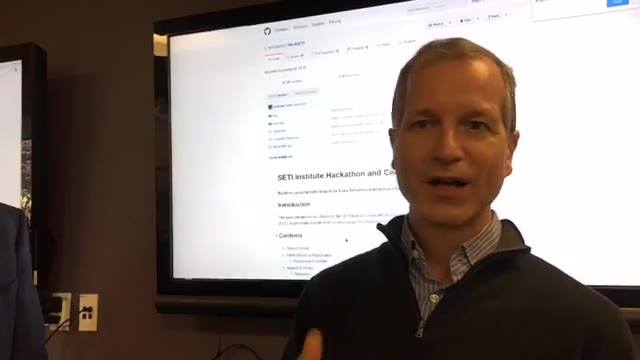Gene-edited seedless tomatoes don’t need pollinating to produce fruit – which could come in useful at a time when bees are on the decline.
A team of Australian researchers have discovered a new method to fight colon and stomach cancer. Their technique involves inhibiting a protein that cancer cells use to rapidly reproduce.
“Our discovery could potentially offer a new and complementary approach to chemotherapy and immunotherapy as options for treating gastrointestinal cancers,” said professor Matthias Ernst, scientific director at the Olivia Newton-John Cancer Research Institute, in a statement.
Hematopoietic cell kinase (HCK) is an enzyme that helps stem cells become blood cells – hematopoietic cells are the stem cells that all blood cells start as. One type of blood cells that HCK helps to code are macrophages, “big eater” white blood cells whose job is to consume and destroy anything that impedes healthy blood, such as cellular debris, microbes and cancer cells.

Seti using #AI to find ET.
Join IBM’s Graham Mackintosh, SETI Institute CEO Bill Diamond, and SETI Institute Board of Trustees member Jonathan Knowles as we talk about using machine learning to help better understand the volumes of data collected by the SETI Institute Allen Telescope Array.
I wonder if people who were alive when Galileo first turned his telescope to the heavens in 1610, when he discovered the moons of Jupiter, realized that it was a seminal moment in human history. The discovery changed everything. It showed that not all celestial objects orbit the Earth and set the stage for adoption of the Copernican theory, which holds, of course, that the Earth orbits the sun and not the other way around. From that date onward, telescopes aimed at the sky became a staple of cosmology and a constant source of discovery and wonder for humanity.
It’s quite possible that people living in the distant future will view last year’s announcement of the discovery of gravitational waves as a similar turning point in humanity’s ability to observe and understand the cosmos.
Related: Earth-Sized Telescope May Let Us See Black Hole for First Time.
Machine learning algorithms and artificial intelligence systems influence many aspects of people’s lives: news articles, movies to watch, people to spend time with, access to credit, and even the investment of capital. Algorithms have been empowered to make such decisions and take actions for the sake of efficiency and speed. Despite these gains, there are concerns about the rapid automation of jobs (even such jobs as journalism and radiology). A better understanding of attitudes toward and interactions with algorithms is essential precisely because of the aura of objectivity and infallibility cultures tend to ascribe to them. This report illustrates some of the shortcomings of algorithmic decisionmaking, identifies key themes around the problem of algorithmic errors and bias, and examines some approaches for combating these problems. This report highlights the added risks and complexities inherent in the use of algorithmic decisionmaking in public policy. The report ends with a survey of approaches for combating these problems.
April 12 (UPI) — A new composite image captured by researchers at the University of Waterloo in Ontario, Canada, offers proof galaxies are connected by a web of dark matter.
The universe’s cosmic web of dark matter has remained elusive, but Waterloo researchers were able to tease out its existence by tracing a weak gravitational lensing.
Typically, astronomers used gravitational lensing events to study the light from distant galaxies as the beams are warped by massive galactic structures. But the gravity of smaller cosmic objects can bend light, too — including strands of dark matter.
If it can figure out what you’re trying to draw, that is.
Jamie Condliffe